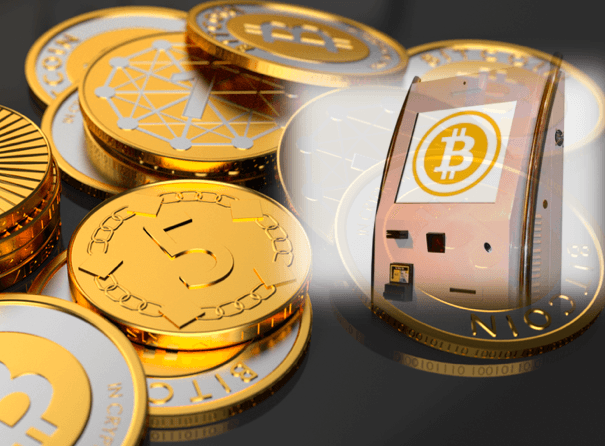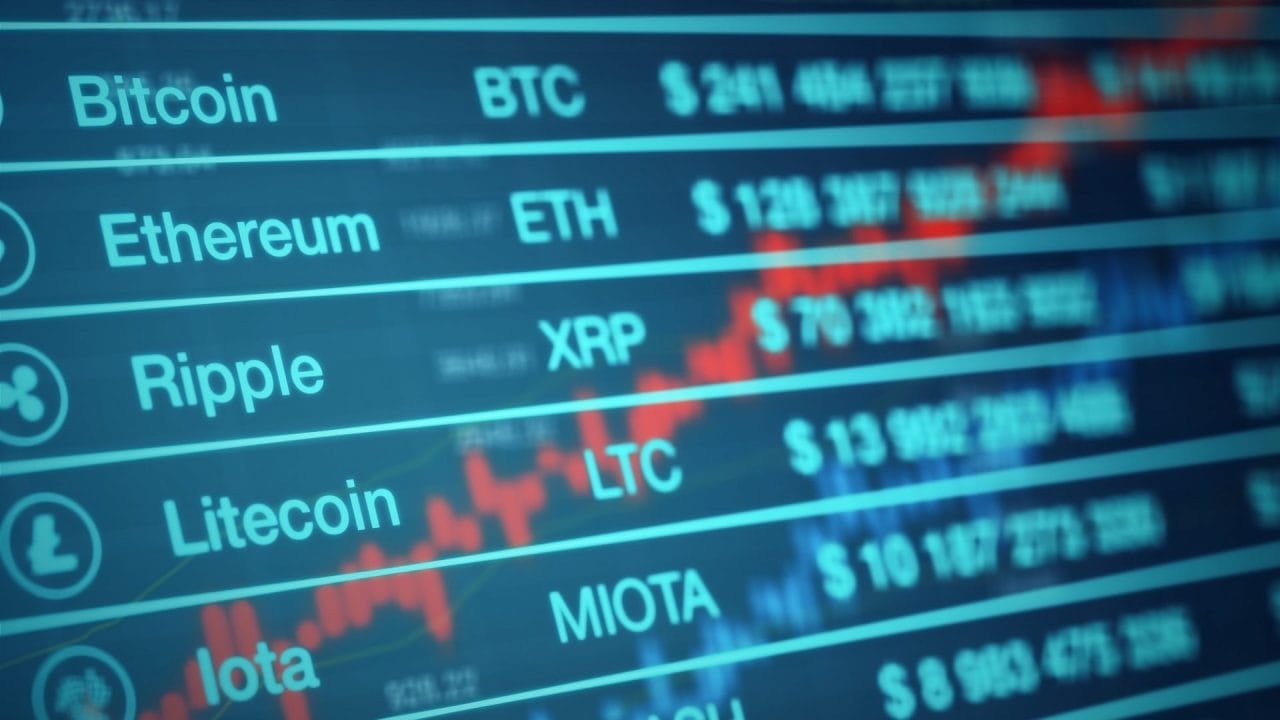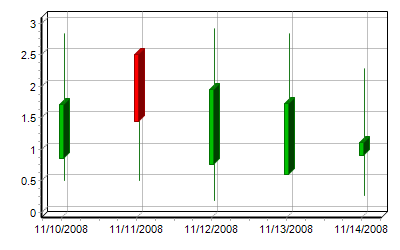
If you’re a first time Bitcoin trader or a professional, it is important to know the meaning behind each term you must have seen on different trading platforms. Mentioned below are some important and commonly used Bitcoin terms and their meanings:
51% Attack
This is a situation where a majority of the computing power needed for a functioning cryptocurrency network is handled by either one mine or a bunch of miners. Controlling that much network power basically means they own the network, which also means each and every single client on that cryptocurrency network acknowledges the miner’s hashed transaction Bitcoin block.
This allows the attacker to:
- •Authorize a transaction which conflicts with another client’s transaction
- •Issue the cancellation of a transaction
- •Stopping other miners from harvesting new Bitcoin blocks
- •Stop someone else’s transaction from being confirmed
Altcoin
This is a secondary name given to all other digital currencies which can be substituted for Bitcoin.
AML
AML stands for Anti-Money Laundering strategies that are implemented to put a stop to illegal converting actions to obtain funds. Some people illegally obtain funds by making it look like everything is legitimate.
ASIC
This stands for Application Specific Integrated Circuit and is a tiny silicon chip manufactured solely for accomplishing one objective. And in this case, they are used to process SHA-256 hashing complications.
This is a Bitcoin trust which owned privately and is used for investing only in Bitcoins. It uses high tech protocol for the storage of the Bitcoins invested in on behalf of all the shareholders. This is a good way of investing in Bitcoins without having to worry about storing your cryptocurrency.
Bitcoin Price Index (BPI)
The Bitcoin Price Index indicates the average price of a Bitcoin spread across all the top exchanges in the world that is in par with the criteria mentioned by the BPI.
Bitcoin Whitepaper
The Bitcoin Whitepaper was written and founded by the inventor of the Bitcoin himself or rather themselves, ‘Satoshi Nakamoto’ whose identity is perhaps the biggest mystery in the world. The Bitcoin Whitepaper was a post made by this person to a Cryptograph Mailing list 6 years ago when the Bitcoin was launched. The paper contains all Bitcoin protocol in explicit detail.
BitPay
BitPay is a payment gateway for Bitcoin which functions to enable merchants to use Bitcoins as a form of payment.
BitStamp
BitStamp is another trading exchange for Bitcoins and is the trending platforms these days.
Block Chain
The Block Chain contains an entire list of Bitcoins which have been mined since the launch of the digital currency. The Block Chain was made in order to ensure every block has its own hash drawing so the block mined after it cannot be tampered with.
Block Reward
The Block Rewards is awarded to a successful Bitcoin miner who has managed to hash a transaction block. The rewards can be in the form of Bitcoins or other fees, but it really depends on the policies governed by the digital currency in question.
BTC
It is a short form of Bitcoins.
Buttonwood
Buttonwood is a project that was developed by Bitcoin specialist and trader John Rossi. The project was made as a protest in favour of Bitcoin in New York’s Union Square.
Client
Client is the software which runs on your PC, smartphone, tablet or laptop. The ‘Client’ links up with the Bitcoin network in order to clear Bitcoin transactions and forward them.
Coloured Coins
You can think of Coloured Coins an extra aspect for trading Bitcoin. This allows Bitcoin traders to gain access to the networks add-on features. These features can then be used to determine how you want to mark your Bitcoin. For example, a Bitcoin trader can mark his Bitcoin as a stock share or a tangible asset. This also allows Bitcoin traders to use their Bitcoins to trade for other tangible assets.
CPU
Known as the brains of the computer, the CPU stands for ‘Central Processing Unit’, CPUs were used to hash and mine the entire Bitcoin process, but are no longer used because they are not powerful enough. But you can still use them if you trade with Altcoins.
So, these are some of the most important Bitcoin terms you should know and understand.
Tradersdna is a leading digital and social media platform for traders and investors. Tradersdna offers premiere resources for trading and investing education, digital resources for personal finance, market analysis and free trading guides. More about TradersDNA Features: What Does It Take to Become an Aggressive Trader? | Everything You Need to Know About White Label Trading Software | Advantages of Automated Forex Trading












































